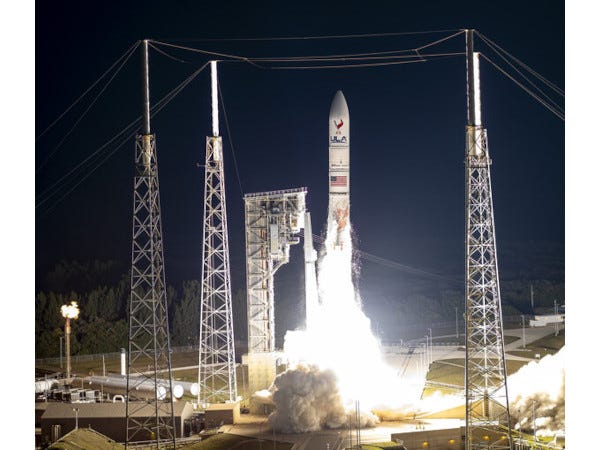Vulcan Rocket Certified to Launch National Missions
High Energy Architecture Rocket Delivers to Exotic Orbits
The United States Space Force has certified the ULA Vulcan Rocket to fly National Security Space Launch (NSSL) missions. The certification follows years of development and completion of a comprehensive certification plan that included two successful certification missions.
“Vulcan is uniquely designed to meet the challenging requirements demanded by an e…
Keep reading with a 7-day free trial
Subscribe to The Journal of Space Commerce to keep reading this post and get 7 days of free access to the full post archives.



